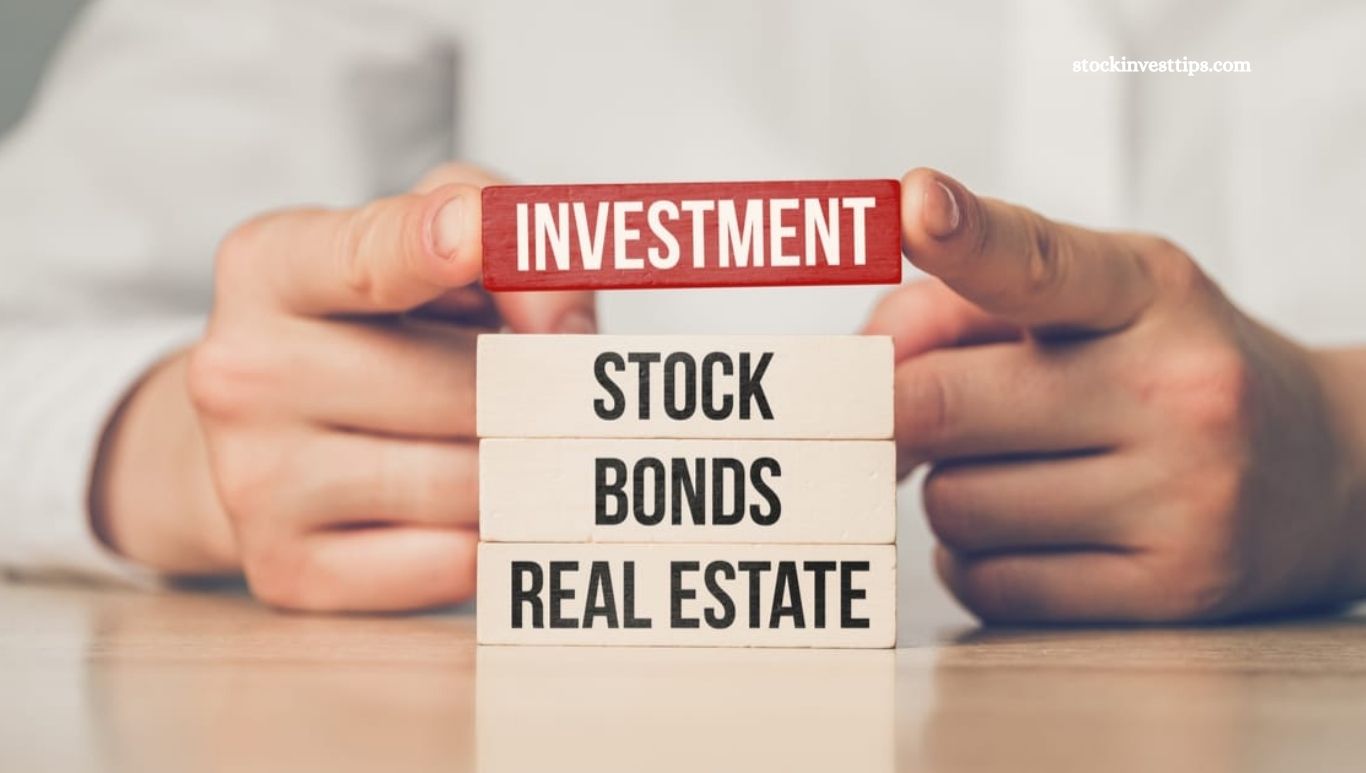Bonds are generally safer than stocks because they offer predictable returns and a lower risk of loss. While no investment is risk-free, bonds—especially those with low default risk—provide more stability. Choose high-quality bonds from reputable issuers to minimize potential losses.
Bond Returns: What to Expect
Most bonds return your principal by the end of the term, often within a year, though terms vary. Larger bonds typically yield higher profits, especially those with higher interest rates. Investing in one high-interest bond often outperforms splitting funds between multiple low-interest ones.
Read More: Best Timing to Buy and Sell Shares
Safer Stock Options
Stocks carry more risk, but you can reduce exposure by selecting defensive or well-established companies. Brands like Pepsi (PEP), McDonald’s (MCD), Procter & Gamble (PG), Johnson & Johnson (JNJ), and Walmart (WMT) are known for consistent performance and shareholder value—unlike newer startups that may suddenly fail.
Mutual Funds and Diversification
For reduced risk, consider mutual funds with diversified holdings in stable, long-standing companies. While individual stocks aren’t guaranteed, investing in funds spreads your risk across multiple assets, improving your chances of steady returns.
Real Estate: The Case for Multi-Family Homes
Real estate remains a solid investment, especially in the multi-family housing market. Due to recent price drops, now is an excellent time to invest. Multi-family properties offer more income potential than single-family homes by generating rent from multiple tenants.
For example, three two-bedroom units earning $1,100 each bring in $3,300 monthly—far more than a single-tenant property.
Build a Smart Investment Strategy
Every investor needs a strategy based on risk tolerance. Bonds offer security but modest returns. Stocks provide higher returns but come with volatility. Real estate offers income and appreciation but requires budgeting for maintenance.
Diversify for Long-Term Growth
The most effective strategy is a diversified portfolio. Blend low-risk investments like bonds with moderate-risk assets like blue-chip stocks or mutual funds. Only pursue high-risk ventures if you’re financially comfortable with potential losses.
By spreading your risk, you increase your chances of achieving consistent, long-term returns.
Frequently Asked Questions
What are the safest investment options?
Bonds and multi-family real estate are considered safer investments due to their predictable returns and lower risk compared to stocks.
How do stocks compare to bonds as investments?
Stocks offer higher potential returns but come with more risk and no guaranteed income. Bonds typically provide steady, predictable returns but usually with lower yields.
Is real estate a good investment in today’s market?
Yes, especially multi-family properties. They generate income from multiple tenants, reducing vacancy risk and increasing profitability.
What is a diversified investment portfolio?
It’s a mix of different asset types, like stocks, bonds, and real estate, designed to balance risk and return for more stable growth.
Can I guarantee returns with any investment?
No investment is completely risk-free. However, bonds and well-established stocks tend to offer more stability than high-risk assets.
Should I invest in high-risk or low-risk assets?
It depends on your financial goals and risk tolerance. Diversifying across both types can help achieve balanced growth.
How do mutual funds fit into investment options?
Mutual funds pool money to invest in a variety of stocks and bonds, offering diversification and professional management, ideal for cautious investors.
Conclusion
There’s no one-size-fits-all answer to the best investment—your ideal choice depends on your goals, risk tolerance, and time horizon. Bonds offer safety and stability, stocks provide higher growth potential, and real estate delivers long-term income and value.
The smartest approach is diversification: balance low-risk and moderate-risk investments to protect your capital while maximizing returns. Whether you’re a cautious saver or a growth-focused investor, a well-rounded portfolio is the key to long-term financial success.

